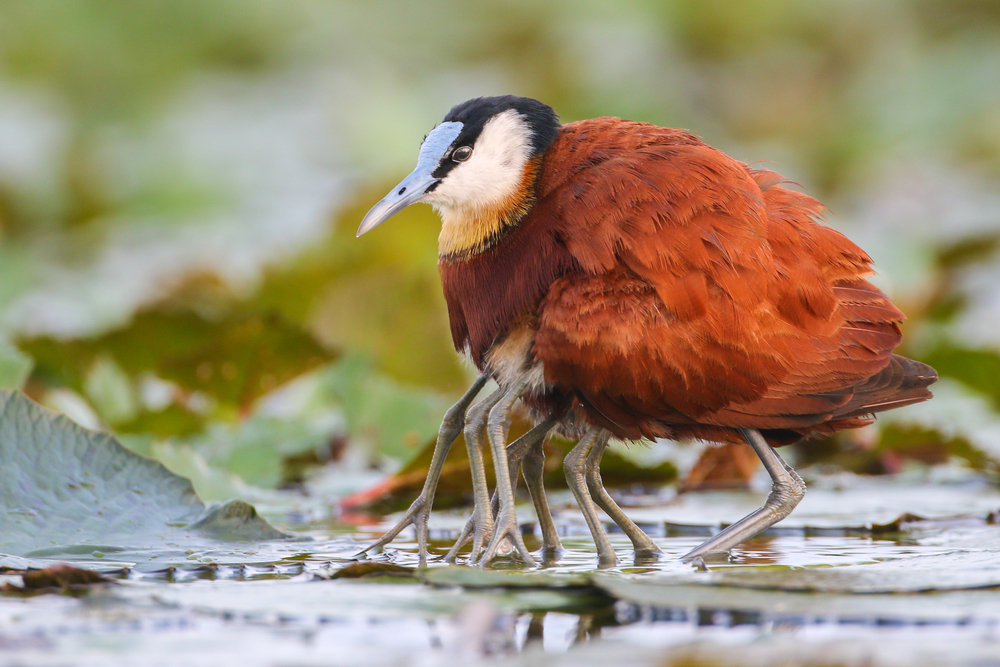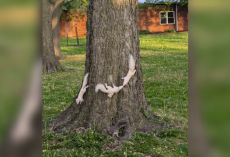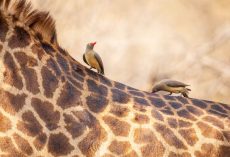The animal kingdom is magical and the African continent holds some of the most fascinating species known to mankind which include many birds with vibrant plumages. However, when it comes to the African Jacana, it’s not the beak, colors, or wings that make the impression – it’s their bewildering legs.
This extraordinary bird has long toes and extended claws that allow it to gracefully traverse across floating vegetation in shallow lakes, its preferred habitat. But how many legs does this mystic bird actually have? That’s what we’re about to find out – so prepare to be amazed!
With its disproportionately large feet in relation to its body, the African Jacana truly stands out – and it continues to fascinate people around the world.
Hailing from Africa, these large-footed birds possess the ability to distribute their weight in a manner that enables them to walk on lily pads while on the prowl for fish. Their distinctive, slender legs and curiously long toes also serve the purpose of traversing across floating vegetation, whether defending their territories or seeking refuge when faced with predators.
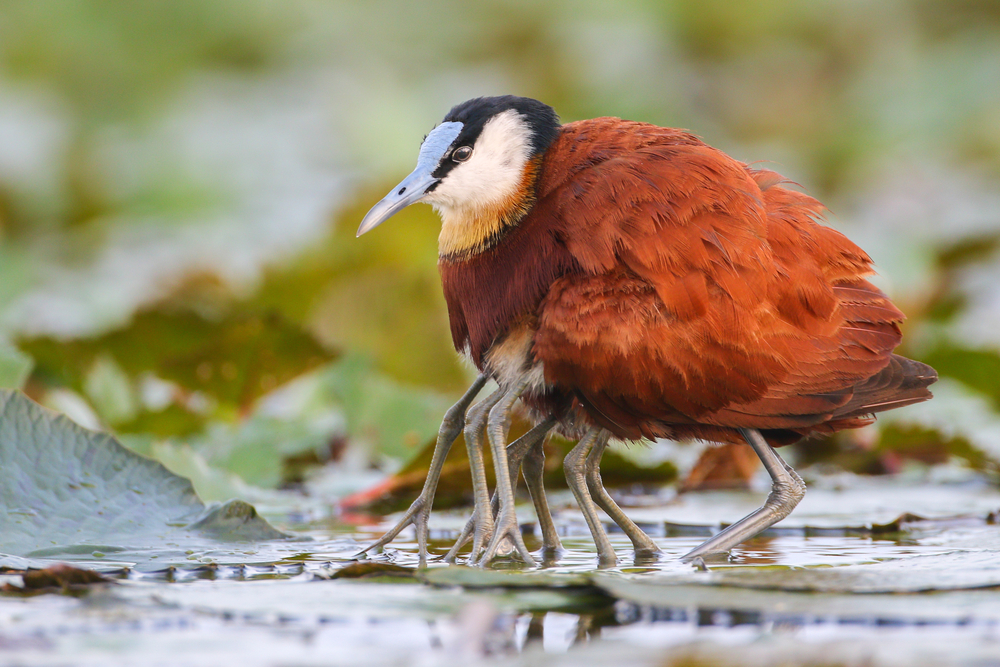
Jacanas, also known as ‘Jesus birds’ because of their ability to walk on water, constitute a family of wading birds distributed across Asia, Africa, South and Central America, as well as Australia.
The easily noticeable and instantly recognizable bird typically measures between 6 to 23 inches (15 to 58 cm) in length, boasting toes and claws that can extend up to 4 inches (10.2 cm) in certain species. The African Jacana inhabits wetlands across sub-Saharan Africa and was first documented in 1789 by the German naturalist Johann Friedrich Gmelin.
Females surpass the males in size. Their plumage displays a chestnut-brown hue, accompanied by a yellowish band across the breast, a white throat, and white cheeks. Adding to this, they have a black crown, nape, eyestripe, and wingtips. The beak and forehead shield sport a gentle shade of blue, while their legs lean towards a grey-blue tone. The diet of these birds primarily consists of various small creatures found in wetlands, such as insects, worms, spiders, and crustaceans.
But what about those feet? When you look at many of the mesmerizing photographs of these colorful water birds in their natural habitat, at first glance, it can appear eerie. It might seem like something out of a spooky tale – a tiny bird with a horrifying number of extra legs.
Yet, the truth is not that scary…
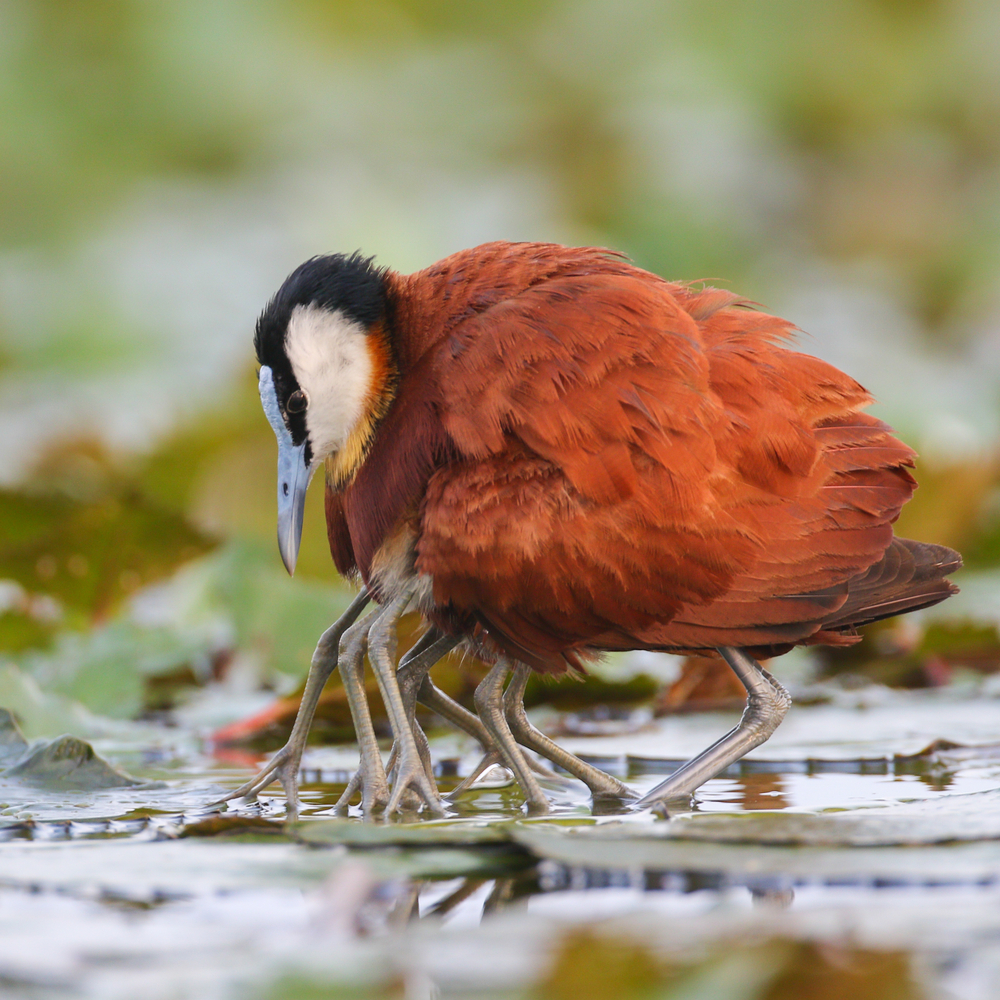
Those legs are actually the shanks of young jacanas dangling beneath their mother’s or father’s chest. It might sound a bit weird, but that’s exactly how Mother Nature designed it.
Male jacanas take on a role akin to stay-at-home dads. Once the mother lays the eggs, she departs, leaving the father in charge of tending to the chicks. When the father senses danger, he’ll carry his chicks under his wings safely. A reminder of the incredible wonders of our native wildlife!
As we touched upon earlier, Jacanas deviate from the norm regarding birds – the females are larger than the males. The jacana also displays a remarkably unique polyandrous mating arrangement, wherein a single female forms partnerships with multiple males, while it’s the male’s sole responsibility to care for the offspring.
The males are responsible for brooding the eggs by nestling them between their wings, creating a warm and secure space. Once the chicks hatch, numerous perils await them in the African wetlands. Since jacanas inhabit water-rich environments, many predators are keen on seizing the opportunity to prey on the vulnerable chicks – lurking crocodiles are particularly eager. Hence, the fathers are often on high alert and possess an effective defense mechanism if danger lurks nearby.
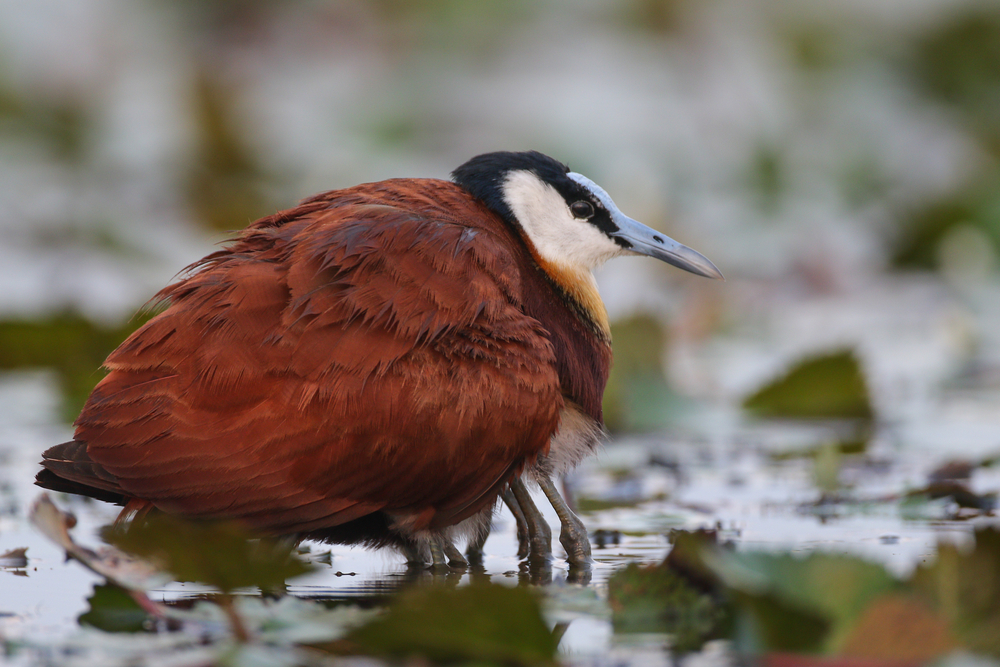
They will signal their chicks to huddle under their wings and then promptly carry them away with their legs hanging in a somewhat amusing manner. This sometimes results in fantastic images where jacanas seem to possess a multitude of legs.
However, in reality, it’s just evolution and biology at play.
A parent has to protect their offspring, regardless of the circumstances, and these creatures exemplify this fact marvelously. The jacana male takes care of the chicks until they reach an age of 40 to 70 days.
Another positive fact about these birds is that they boast a vast range of habitats and a substantial, stable population – meaning they are not endangered.
Have you ever caught a glimpse of such a bird in the wild?
Did you know why jacanas appear to have so many legs? Feel free to share your thoughts in our Facebook comment section, and please give our page a like if you found this article intriguing.

